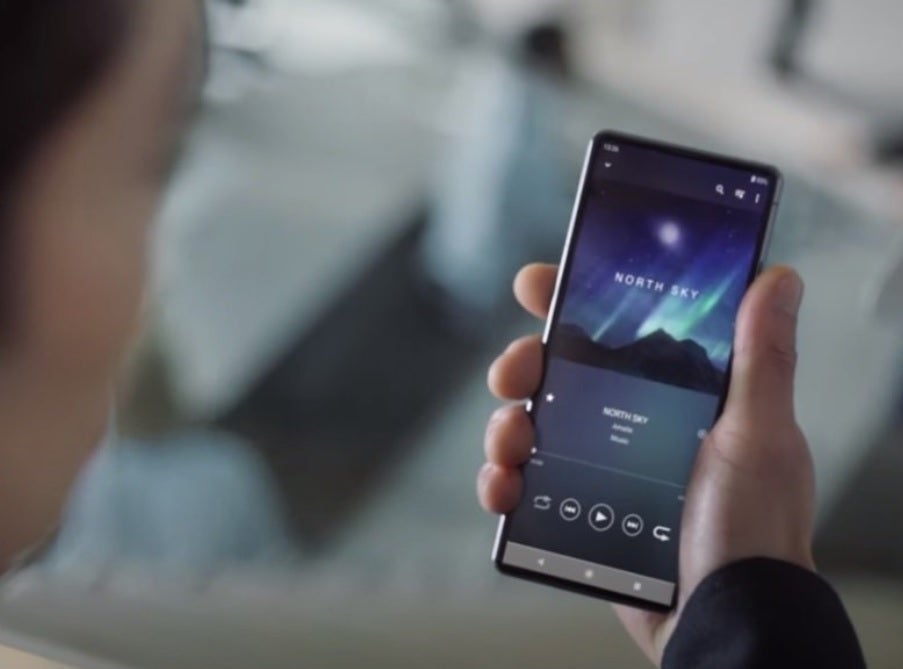TSMC’s Snapdragon 8 Gen 1 Plus rumored to power the Sony Xperia 5 Mark 4
Remember the good old days when Sony would release a flagship Xperia phone and then offer a smaller version of it that it labeled Compact? These models would have a smaller screen but would keep the same powerful chipset, and the same camera. The only difference would be a smaller display and a smaller battery (and of course, a smaller price).
Xperia 5 Mark 4 is rumored to have a TSMC manufactured Snapdragon 8 Gen 1 Plus under the hood
Like the Compact models in those days of yore, some powerful silicon will be driving the Xperia 5 Mark 4. It won’t be the Snapdragon 8 Gen 1 SoC under the hood. It will be the Snapdragon 8 Gen 1 Plus. Unlike the regular version of the Snapdragon 8 Gen 1 which is manufactured by Samsung Foundry using its 4nm process node, the Plus variant will be produced by TSMC using the latter’s 4nm process node.
Since the Snapdragon 8 Gen 1 Plus is supposed to be released during the second half of the year, that is when we might expect to see this phone. However, Qualcomm is reportedly looking to speed up production of the chip, so the Xperia 5 Mark 4 could be released earlier than thought. As a comparison, the predecessor was announced last April and released in October.
As for the Xperia 1 Mark 4, Sony’s upcoming 2022 flagship, this model is rumored to feature the Samsung manufactured Snapdragon 8 Gen 1 SoC with 12GB to 16GB of memory teamed with 256GB and 512GB of storage. The 5000mAh battery expected to be powering the phone is rumored to support 45W fast charging. The handset supposedly will support wireless charging.
The Xperia 1 Mark 4 could sport upgraded main and telephoto camera sensors
Speculation has the Xperia 1 Mark 4 using the same ultra-wide hardware for the camera that it used on the Xperia 1 Mark 3. That would mean you should expect the Sony Exmor RS IMX36312 camera sensor behind the lens. The latest rumor says to expect upgrades for the Xperia 1 Mark 4’s main and telephoto cameras (from last year’s Xperia 1 Mark 3), and all three sensors employed on the rear camera array should weigh in at 12MP.
For example, let’s say a company promotes a 108MP camera sensor on its new phone. With 9:1 pixel binning, the camera could shoot 108MP photos under perfect conditions. But in low-light, it will snap 12MP images (108 divided by 9) to deliver a photo bright enough to view, and with less noise.
For all the latest Technology News Click Here
For the latest news and updates, follow us on Google News.

